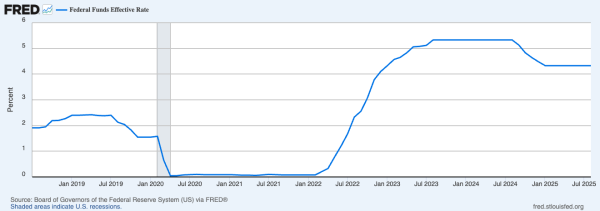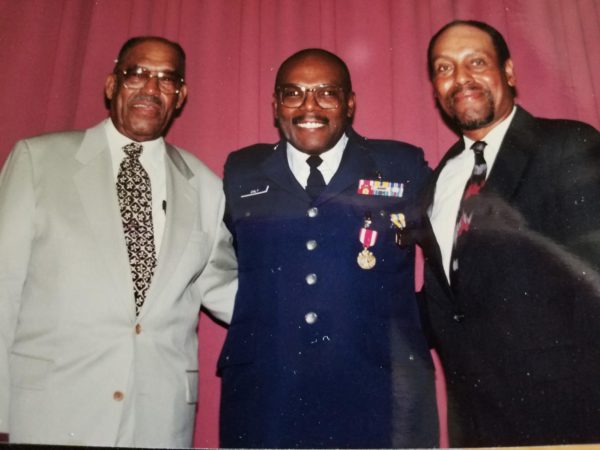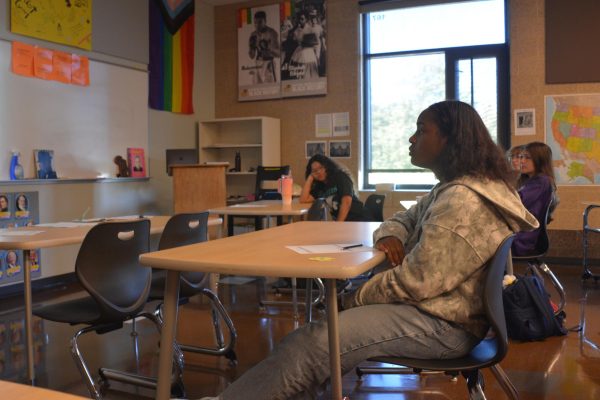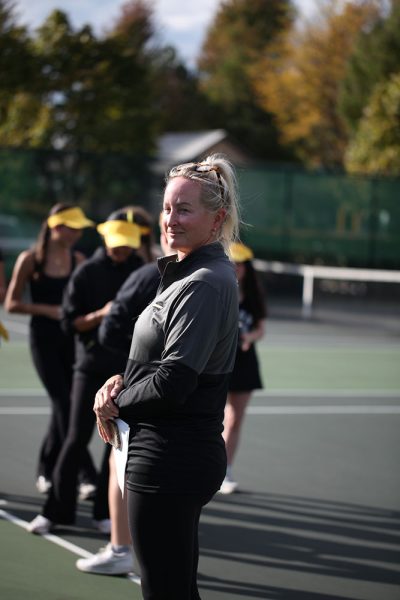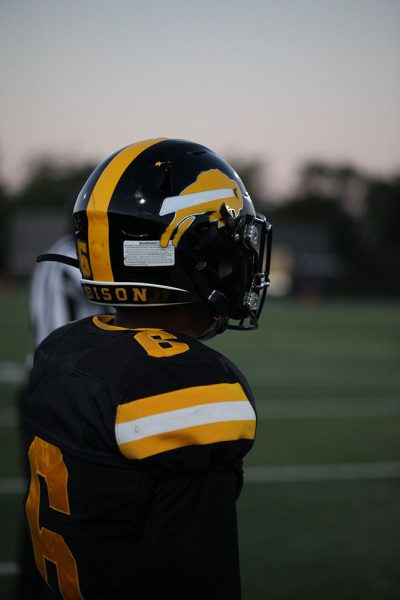Social Media Made Matters Worse in Shaker Heights Incident

Image source: Beachcomber archives.
After national media coverage, a letter from the ACLU, and a student-orchestrated blackout, on Nov. 15, the Shaker Heights administration finally decided to nullify the suspensions of students Elena Weingard and Myahh Husamadeen for tweeting out photos of an iMessage in which another student expressed her prejudiced views of African Americans.
The actions of these students were either commendable or deplorable, depending on one’s viewpoint on privacy and the role of social media in today’s hyper-connected society.
Every single time a tweet, video, or anything is posted on the internet, it is truly impossible to erase it or prevent it from being dredged up at some point, if someone in the future has the motivation to look for it.
There are tools like the Internet Wayback Machine, which archives 279 billion web pages (and counting) for cultural and historical preservation. Additionally, everyone has the ability to screenshot posts on their computer or smartphone–things that have been up for mere seconds–and share them with followers on social media.
Viewing the situation through this lens, maybe the actions of the Shaker Heights administration are understandable.
Perhaps by suspending the students, they were sending the message that exposing someone for their own private thoughts in an environment where the message could reverberate and become magnified through an echo chamber, social media, is not the right way to deal with racism.
After all, in the age of the internet, this situation could follow this unnamed student her whole life, damaging her career prospects, even if she grows as a person and doesn’t possess these views anymore.
And to a lesser extent, the same could be said for the students who shared the message. The publicity they have received in recent weeks is no doubt a double-edged sword that will remain a prominent part of their Google search histories forever.
But ultimately, they were merely exercising their First Amendment rights, something that every single citizen in the United States possesses and uses every day. However, this protection of the first amendment extends to the racist student as well.
School administrators should be wary of getting involved in students’ personal lives online and of censoring their speech.
In a school district like Shaker, one that prides itself on diversity and acceptance, the views expressed by this student are definitely the minority, so punishing either party only brought the incident more attention than it deserved.
Imagine a similar situation unfolding around a polarizing, unpopular political view. It could be seen how this precedent could turn into something that could drastically affect the free speech rights of Shaker students on social media.
If anything, the district shouldn’t have done something as drastic as what they did. Maybe administrators should have just had a short talk with the two students, reminding them, that, in their eyes, what they did was wrong.
Instead, they brought more attention to the issue and thus magnified the embarrassment experienced by the racist student and ultimately by the district itself.
Overall, Shaker administrators were mistaken in sanctioning Weingard and Husamadeen.
They should stick to something they are much more well known and better at: providing students with a quality education.





